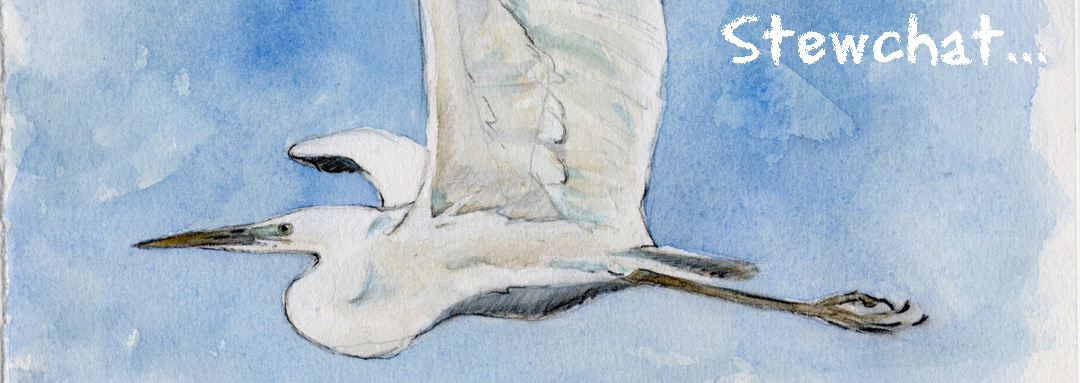 |
| The 1952 Monk's House Lesser Grey Shrike by Eric Ennion. |
In Northumberland, winter arrives around about 15th November and generally lasts until Valentines day (unless you look at this year and it lasted until May).
So, in winter with very few moths and flowers to look at, its the birds that take centre stage once again. At this time, we can look out for Twite and Snow Bunting with grebes and divers along the coast or maybe a large finch flock or a raptor further inland.
If we are very lucky a Great Grey Shrike might take up wintering territory in the forests, but this delight is usually saved until March or April. It is no wonder then that the report of one at the Long Nanny car park, High Newton caused Gary, the local patch stalwart, some consternation. Could this be a Steppe Grey Shrike? After all, Great Greys don't usually linger for days on the coast here. I'll let him explain more thoroughly HERE.
As it happened, Gary found the bird and re-identified it as a much rarer species altogether - a Lesser Grey Shrike! It is easy to see how the mistake was made, as this was in first winter plumage and lacked the black forehead of a spring adult. The main features that give the game away are the long wing projection with a huge white flash at the primary bases, the shorter, thicker bill, the shorter tail and the darker greyish mantle with an off-white/ pinkish hue to the breast.
This morning, it showed really well to an appreciative audience, flycatching and actively dashing around the cattle paddocks next to the car park. This is the second LGS in Northumberland this year after a spring bird on Holy Island. For me, this is my second county and British LGS after a full summer adult at this very same site in June 2008. It shows that lightening can strike twice...


2 comments:
Nice one, Stewart. Shrikes are one of my favourites.
I can't say I've ever seen one. What a good bird to have on your patch!
Post a Comment